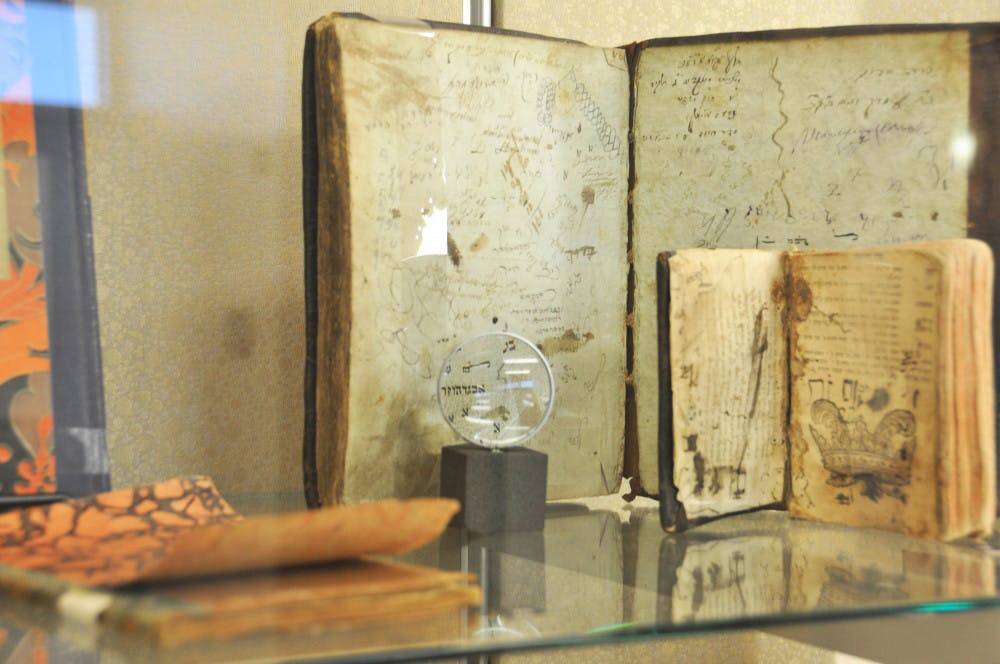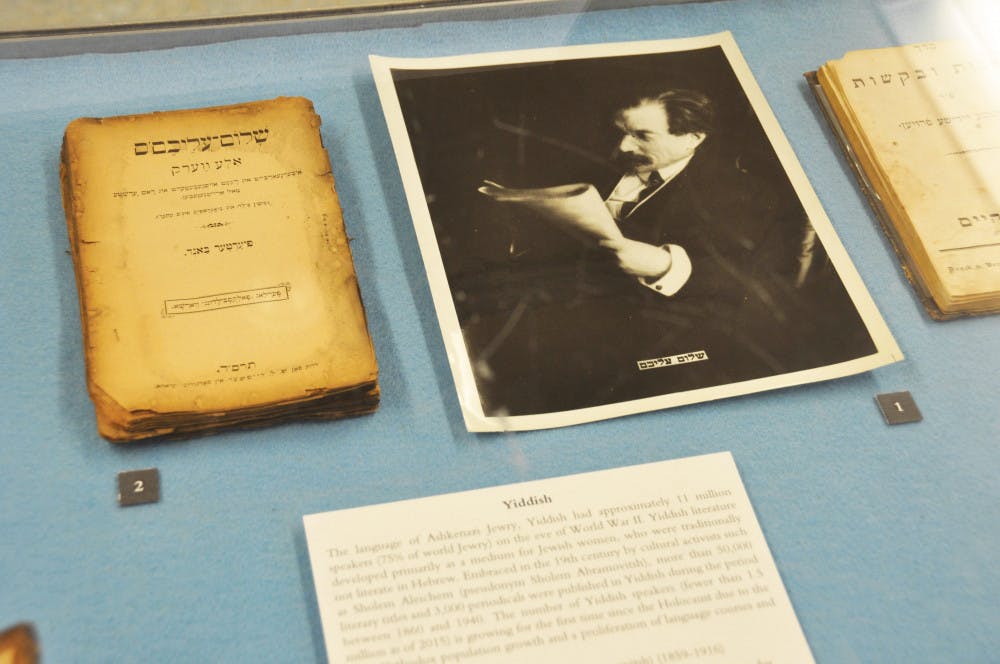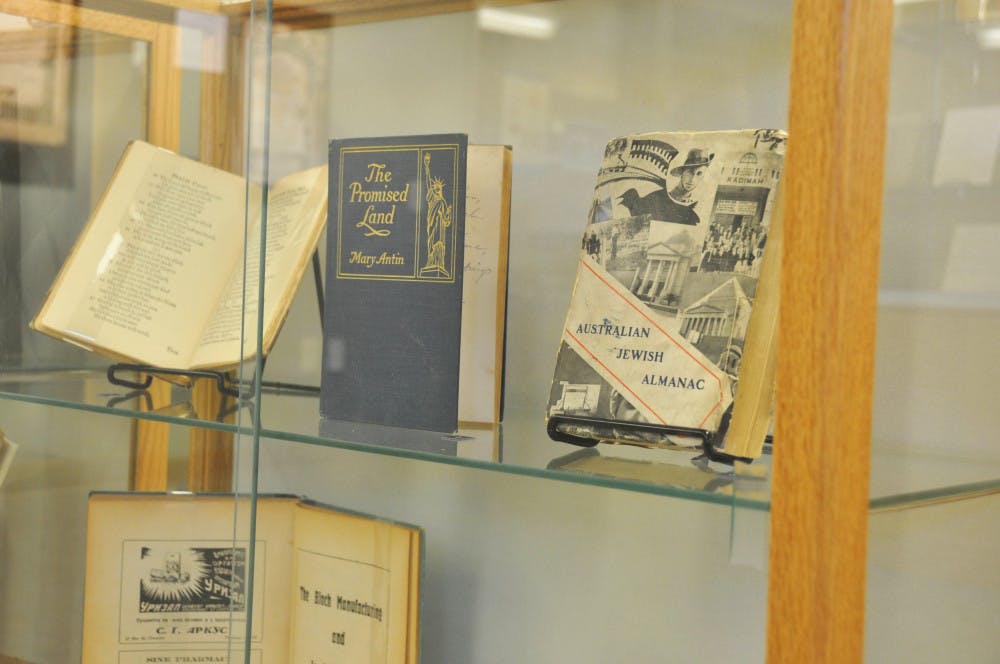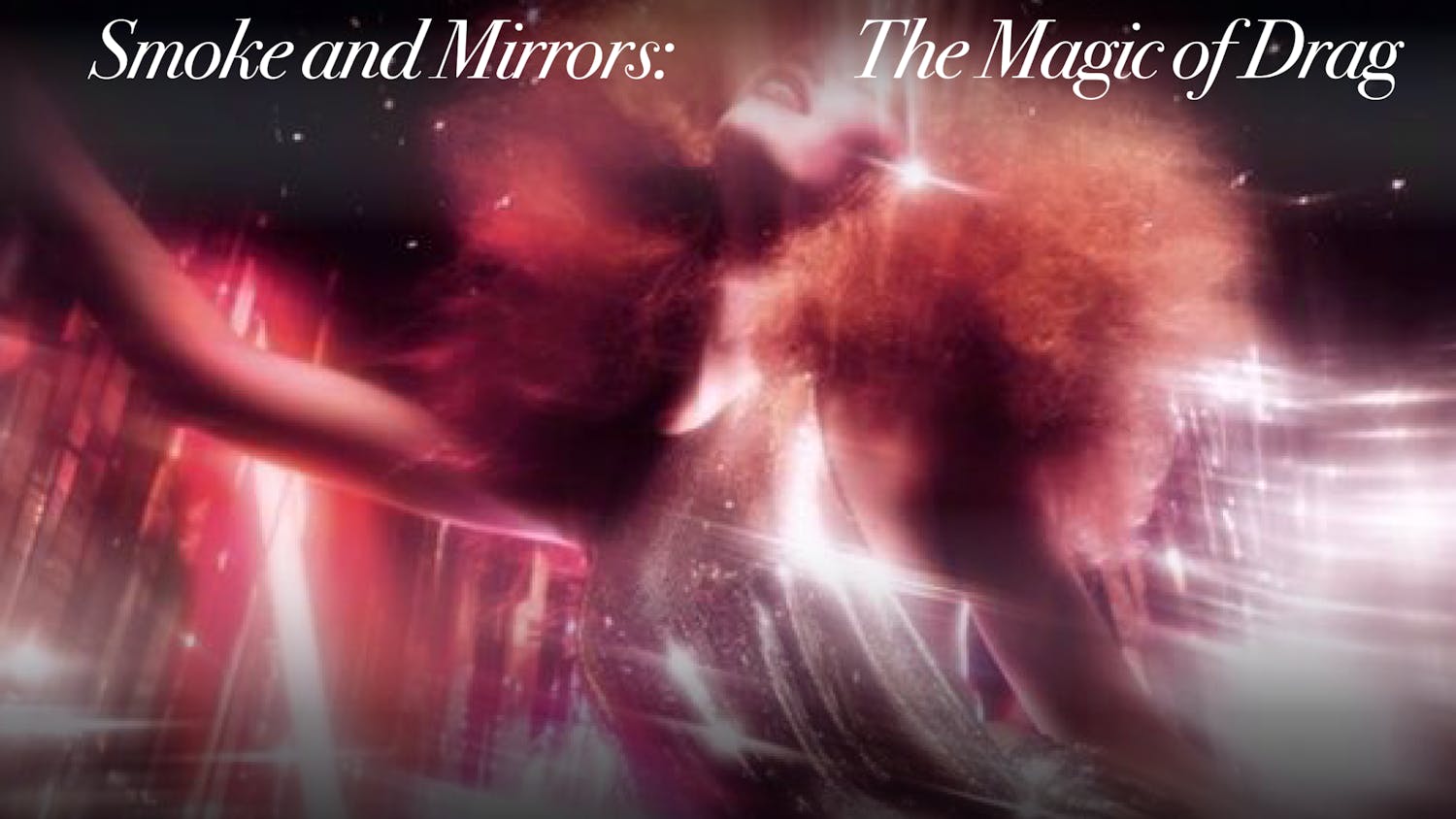By Maddy Redman
The Judaica exhibition at Western takes a unique approach to understanding Jewish history through typography and design.
The exhibition, titled “As Far as Their Books Reach: Jewish Printing and the Global Jewish Diaspora,” features a broad variety of original Jewish texts that convey how Jewish history has evolved through the different artifacts on display.
The exhibition includes original Jewish texts, literature and magazines published by Holocaust survivors, and images taken in the Holocaust time period.
The exhibition is on display until March 20, 2020. It is free and open to the public for viewing Monday-Friday 11 a.m. to 4 p.m. and by appointment.
David Schlitt, Judaica project archivist at Western Libraries Heritage Resources, assisted in organizing the exhibition alongside his supervisor, Elizabeth Joffrion.
Joffrion negotiated for the transfer of over 3,000 original Jewish texts from the University of California Berkeley to Western. Schlitt is in charge of sorting, cataloging and interpreting original Jewish texts.
The Western Libraries Heritage Resources chose Hillel Smith, artist and designer, to be the speaker for the 2020 winter exhibition. Smith gave his talk, “A Brief History of Jewish Typography,” Jan. 14 at 4 p.m. in the Wilson Library Reading Room.
Schlitt said the goal of Smith’s talk is to provide viewers with a deeper and more engaging experience of the exhibition, since most viewers are unable to read and understand the artifacts on their own.
“One of the big questions about the Jewish people is are they a religion, an ethnicity, a race or a nationality?” Schlitt said, when he explained how typography and culture relate. “That’s a question that has shifting answers over time so he’s [Smith] using the object of the alphabet as a way of approaching those questions.”
Nicole Wastell, a Jewish student at Western, said the Sefer Torah, tefillin and mezuzah are all written in a specific font, making it sacred. The Torah is a part of the hebrew bible, tefillin are black leather boxes that contain Hebrew scrolls and mezuzah means “doorpost.”
Schlitt said variations of letters in the artifacts reflect different experiences and messages. Typography design has evolved over time, helping experts accurately trace Jewish culture.
Charlie Sperry, a design major student at Western, said she recently took a graphic design history course in which she learned about historical typographers in the 18th century who created some of the well-known typefaces today like Bakersville, Caslon and Bodani.
“Typography is unique to the cultures and it has been since the beginning,” Sperry said.








